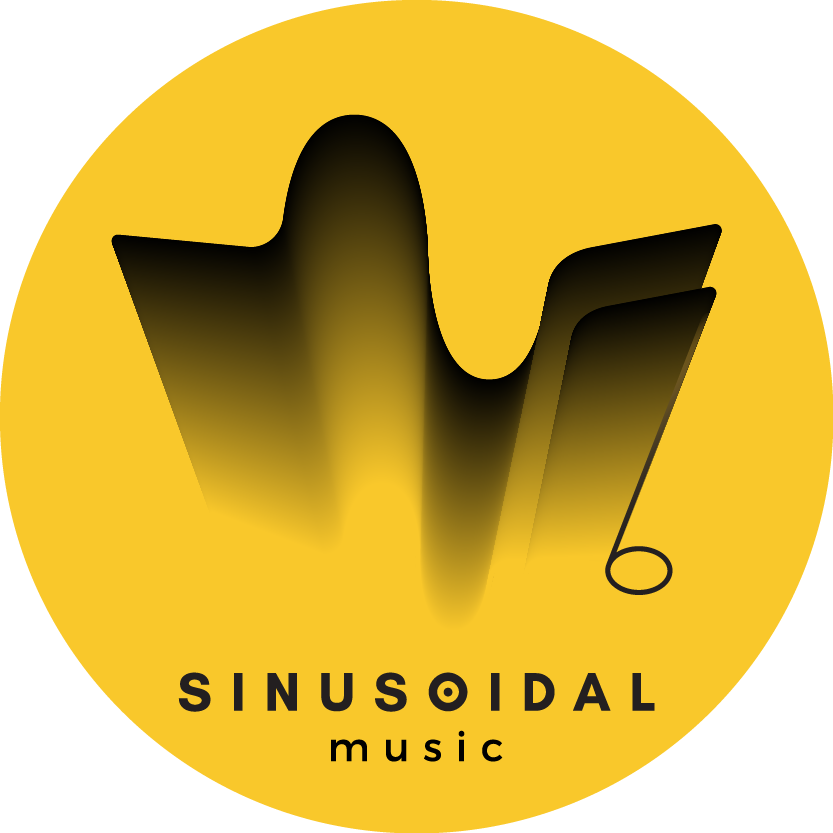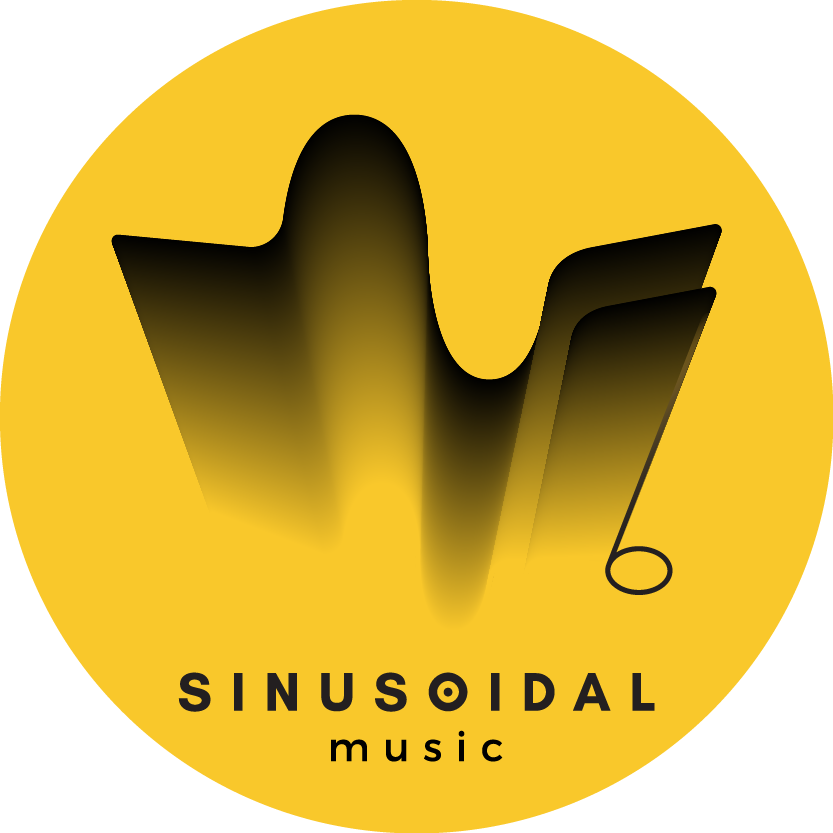Power chords are the spark that light the fire that is rock music. Rock expresses, symbolizes, and represents energy, rebellion, counter-culture, and all things human.
It is only natural that the power chord like rock music is rooted in the Blues and African-American experience. While attributed to rock and roll artist Link Wray and popularized by the likes of The Who guitarist Pete Townsend with his windmill strum, the power chord originated with African-American electric blues artists like Willie Johnson and Pat Hare. The power chord was channeled to light a tonal pyre from the then-novel sound of distorted guitar. Also, its simplicity and accessibility went well with the spirit of rock and its showmanship.
The Horizon Over The Fifth
Power chords also have their tonal limitations. With the mere root and fifth notes, tonality cannot be established. Your standard major and minor chords do that. Intervals are the key to understanding chords and their building blocks. To basically create your toolkit of chords. Beyond triads, if you know your sevenths, ninths, augmented, diminished, and suspended chords, a whole new aural universe opens up.
All artists, like all social processes, find a need to innovate. Once rock became the sound of a generation, there was but a natural need to explore newer sounds and textures. This was done both in terms of music production and the core compositions themselves. Of course, harmonic complexity always existed in the music of the likes of Jimi Hendrix and Cream from the beginning. However, artists like The Beatles and Pink Floyd experimented with studio production, pushing the boundaries of what was possible with sound. And in turn, the ability to express and emote with it. Jazz, classical, and world music influences seeped in, and with it more intricate chordal expression beyond the power chord.
Dialectics Between Simplicity and Grander
In a sort of dialectical cultural back and forth, punk developed as a back-to-roots movement and the power chord returned to prominence. Punk artists like The Sex Pistol used the power chord to attack domestic social issues and the apparent remoteness and pomposity of music at the time (the scope of which is exaggerated in anecdotal accounts). On the other hand, punk rockers like The Clash used the power chord to attack western imperialism. In the same tradition today we see alternative rock band Rage Against The Machine using riffs rooted in pentatonic and simple tonalities. However, even within that scope, Tom Morello uses a wide variety of power riffing and sound experimentation.

You could see that glam and hair metal, later more eclectic genres developed post that. Grunge was then a reaction to that “excess”. The Big Four of Grunge played around with the dynamics of the power chord in alternate tunings and fresher distorted sonic dialects. Then Britpop was the counter. Oasis, the slayers of grunge, use lush full chords with the fuzz just at the right amount to sound pleasing. You do not wanna use power chords there for sure.
In the relatively recent past, fusion artist and virtuoso Esperanza Spalding in her song Rest In Pleasure from her magnum opus Emily’s D+Evolution, uses an elaborate harmonic backdrop for most the song rooted in complex Jazz and R&B. The bridge which picks up on energy moves to a rock feel for which you would need your power chords to create that change in mood and sound. Something artists in her tradition of art rock like Frank Zappa would do. Modern progressive rock and metal artist Plini teaches us the magic from classic metal to prog is spicing up those chords with eclectic intervals. Once you know your intervals, you can make all sorts of chords and time is your canvass.
Synthesis
Energy and power have been musically depicted with the tonality of the power chord. Complexity naturally emerges beyond this framework. We can then see that musical waves have a back and forth with the minimal and elaborate. The power chord symbolizes the rebellious accessible spirit of rock, similarly, complex chords also represent its innovative spirit. The beauty of rock is that it IS actually as simple as learning a few power chords. But will the spirit of rock let you stop there? Go ahead and spice them power chords to get some Plini-Esque chordal mosaics!
Check out our playlists here!
Promotional Disclaimer: The content in this post has been sponsored by the artist, label, or PR representative to help promote their work.Guitarist. I write on music and praxis.












